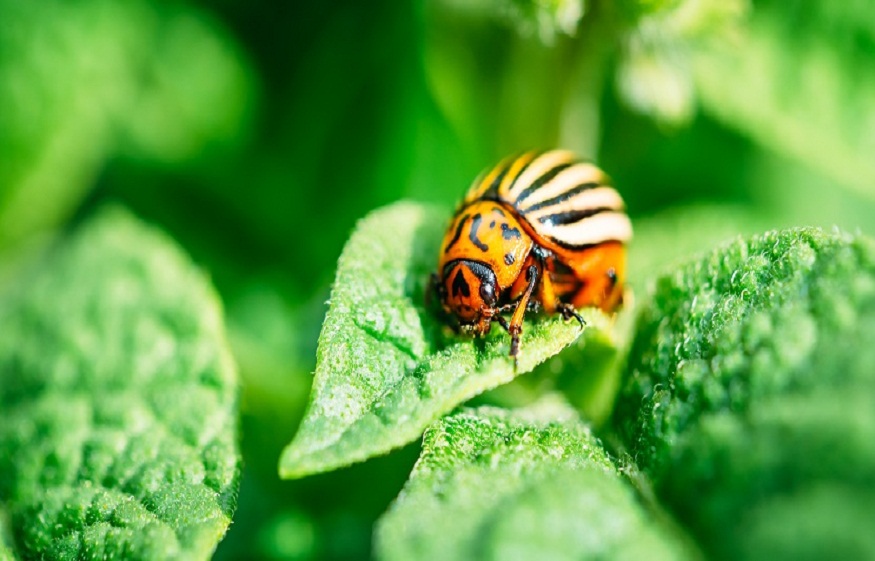
As organic farming practices gain importance in regions such as Prosper, bioelectricity is being evaluated as a natural method for eliminating pests. Because the electrical charges are a part of living organisms, bioelectricity is an opportunity to use non-toxic pest control without torturous means.
This approach promotes environmental pest control in Prosper, so that pests could be managed effectively without harming the environment. Indeed, bioelectricity is promoted as a solution to getting Sustainable Agriculture since many people’s interest in sustainable farming is increasing around the globe.
What Is Bioelectricity and How It Works in Pest Control?
Bioelectricity is electricity generated by living organisms; it includes germs, trees, animals and insects and many others. Consequently, in pest control, bioelectricity takes advantage of the electrical signals in organisms to alter pest patterns. Pests – especially insects – are known to be influenced by electrical impulses in their bodies. Biological frequencies or electrical fields can either repel or in some manner antagonize the pest’s physical functions such as orientation, feeding or multiplication through use of bioelectricity.
Why Is Bioelectricity a Sustainable Method in Pest Control?
Among the benefits that have been listed for the use of bioelectricity for pest control is that it is environmentally friendly as compared to other methods that we may currently be using. As opposed to the chemical pesticides that have careers of intense negative impacts on the environment, bioelectricity does not add dangerous substances to ecosystems.
It targets some of the natural biological cycles of the pests and is thus more friendly to the ecosystem than the rest. Bioelectric pest control methods also minimize the exhausting use of hazardous chemicals on the field, protecting the soil, water and biodiversity.
In what manner does the use of Bioelectricity differ from other methods of pest control?
The application of bioelectricity for pest control is still in practice’s infancy; however, based on the existing literature and experiments in real-world situations, the approach holds potential. Bioelectric systems have succeeded in the pest control form of pests such as rodents, insects and other agricultural menaces. There are some researchers who have shown that bioelectric fields may interfere with the signals and actions of pests, so they experience some problems in finding food or partners. However, there is the prospect that bioelectricity may not be the panacea for all of these problems. The pest control efficiency may however differ with the type of pest, the environment or type of bioelectric method in use.
Where is the Pest Control through Bioelectricity Headed To in the Future?
Over time the use of bioelectricity in pest control is believed to expand due to increasing technologies. Efforts are under way to optimize the bioelectric systems therapy, its affordability and also to design the systems which could be implemented in real life situations. As the world shifts from conventional pest management practices to biocontrol, hence the application of bio electricity products may greatly contribute to future pest control.
Conclusion
The idea of bioelectricity is one which fits very naturally into the trend which has developed to look at pest control without having to resort to the use of chemicals. The application of electrical fields that protects against the pests’ activities is one of the factors that make it relatively sustainable in pest management. As technology keeps evolving together with more research, bioelectricity can be a game changer in the way we deal with pests making it an important part of future sustainable measures.

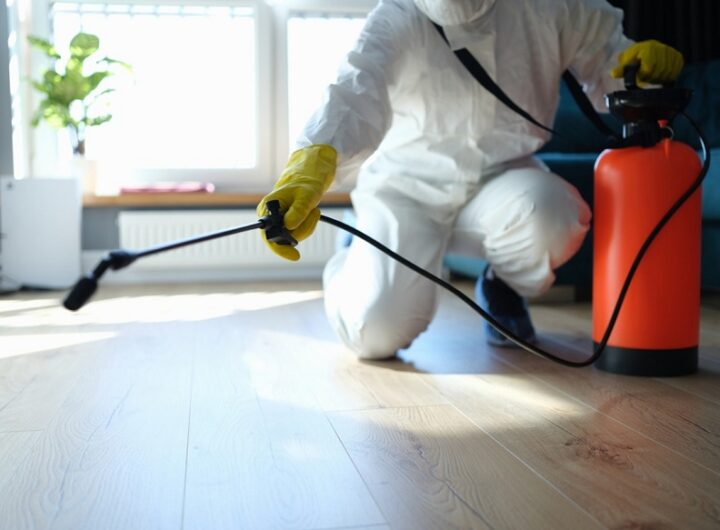 9 Things You Should Know About Professional Pest Control Services in Clermont
9 Things You Should Know About Professional Pest Control Services in Clermont 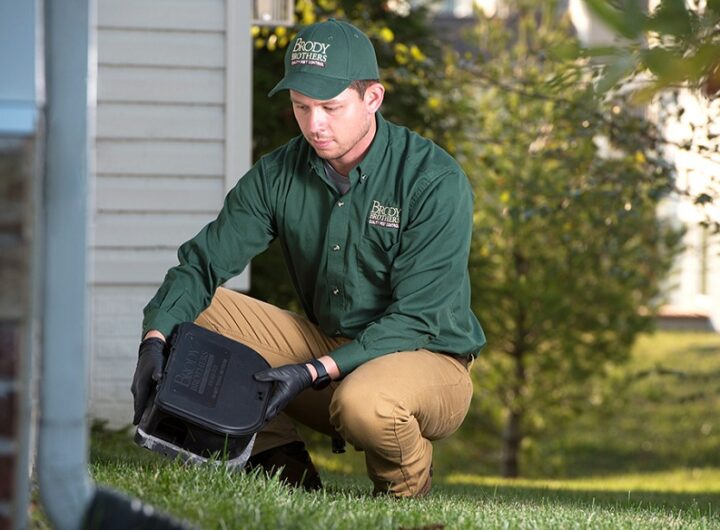 Staying Pest-Free in Gaithersburg: A Checklist for Every Season
Staying Pest-Free in Gaithersburg: A Checklist for Every Season 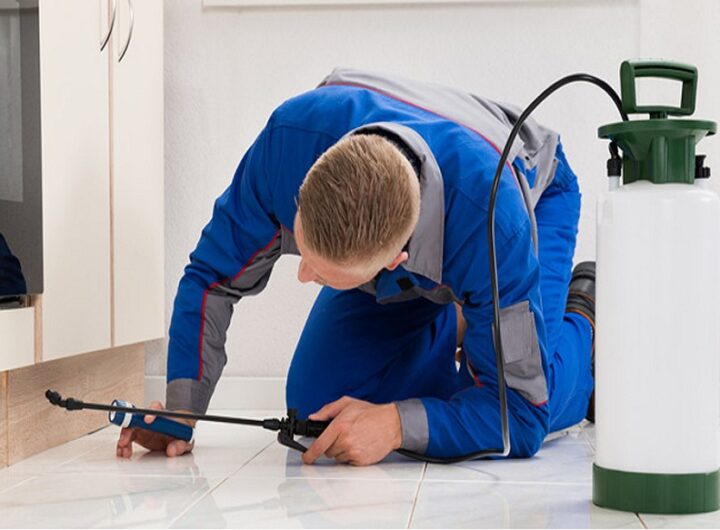 Is Your Pest Control Company in Indianapolis Worth the Cost?
Is Your Pest Control Company in Indianapolis Worth the Cost?  Things You’re Buying That Are Accidentally Inviting Bugs
Things You’re Buying That Are Accidentally Inviting Bugs 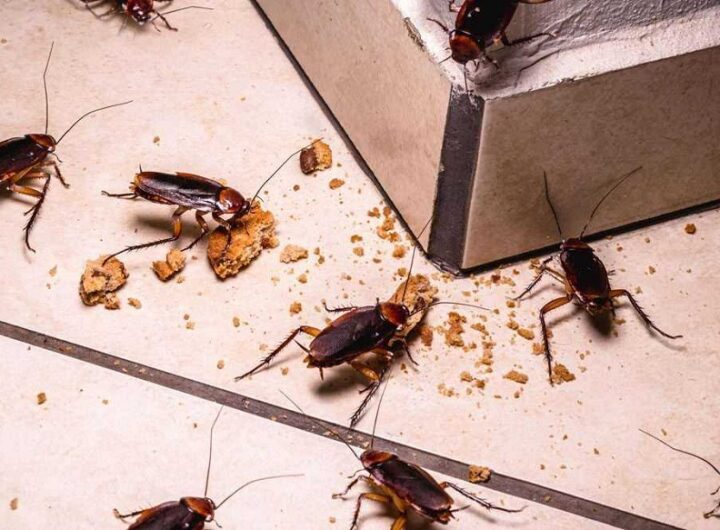 Why You Should Not Ignore a Cockroach Infestation in Horizon West
Why You Should Not Ignore a Cockroach Infestation in Horizon West 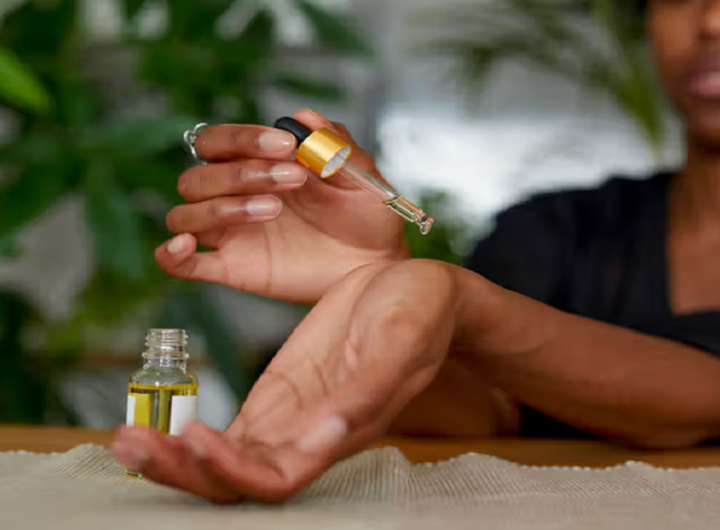 Natural Repellents: Do They Really Work and When Should You Call Professionals?
Natural Repellents: Do They Really Work and When Should You Call Professionals?  Ithaca, Manhattan, and Bronx: Why These New York Cities Are Perfect for Homebuyers
Ithaca, Manhattan, and Bronx: Why These New York Cities Are Perfect for Homebuyers 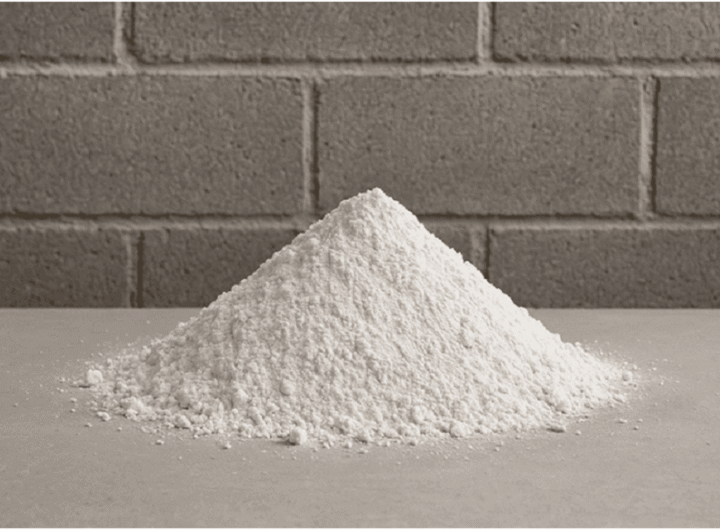 Gypsum in Cement and Plaster: Why It’s Essential
Gypsum in Cement and Plaster: Why It’s Essential 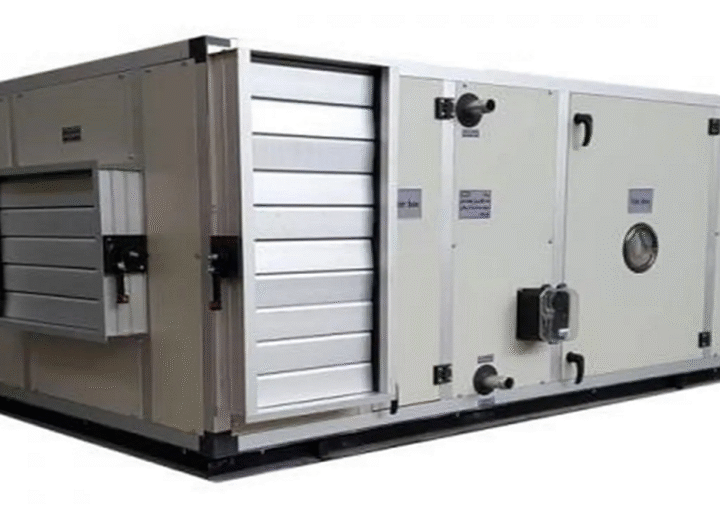 From A to Z About the Air Washer
From A to Z About the Air Washer